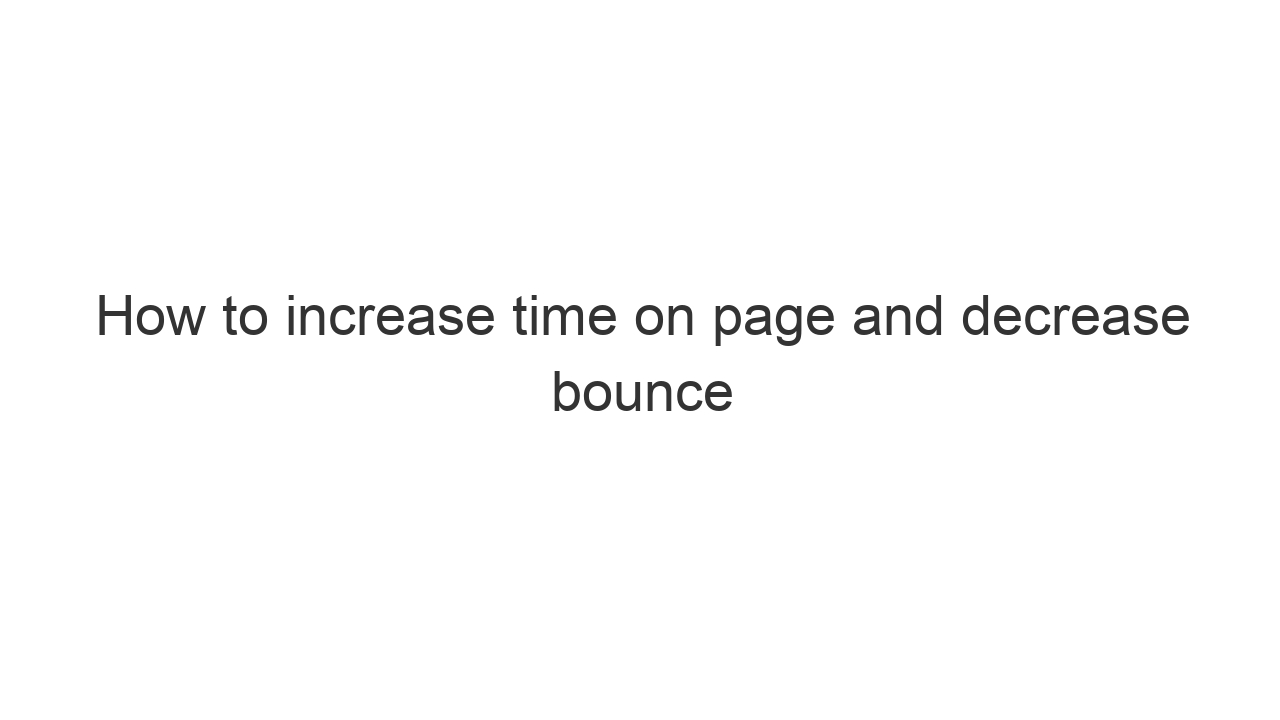If your aim is to increase time on page and decrease bounce rate, you are wanting to encourage more users to click another link. However, if more people click a link, it is likely your time on page will reduces, due to a flaw in how it is measured.
Time on page measures the difference between when opens a webpage and then clicks another link. Or opens a new tab and visits the same domain. A common fallacy is that time on page represents all users, when it only captures those that complete those actions. So it is not reflective of an overall audience. It tends to skew up.
Bounce rate traditionally measured if users didn’t click another link. However newer platforms like Nudge, detect if users engage with the page and consume it, thus improving the accuracy of bounce.
A better approach is to focus on Attention, a metrics, which measures second by second how much attention ALL users engage. Then you can focus on improving attention and lowering your bounce rate.

|
|---|



